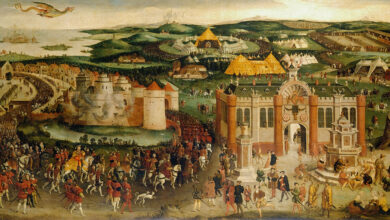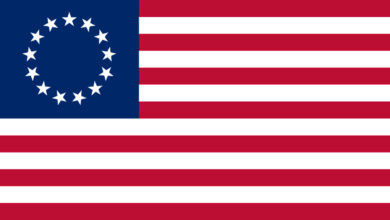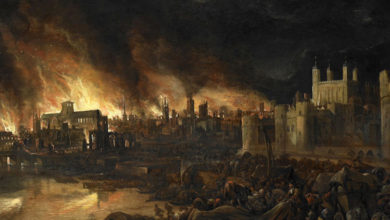When the Earth Shook: The Great San Francisco Earthquake of 1906
At 5:12 AM on April 18, 1906, a massive earthquake struck the coast of Northern California, with its epicentre near San Francisco. The quake, estimated to be magnitude 7.8, unleashed devastating tremors that lasted less than a minute but caused unprecedented destruction. Buildings collapsed, roads cracked open, and the city’s infrastructure was severely damaged. The quake was felt from Oregon to Los Angeles and as far inland as central Nevada, making it one of American history’s most significant seismic events. In San Francisco alone, the immediate aftermath was chaotic, with fires breaking out across the city, fueled by ruptured gas lines and an inadequate water supply due to damaged infrastructure. These fires would rage for several days, becoming almost as destructive as the earthquake itself.
In the days following the quake, San Francisco was a city in ruins. Over 3,000 people were estimated to have lost their lives, and over half of the city’s 400,000 residents were left homeless, forced into temporary camps set up in parks and along the beaches. The disaster exposed the time’s inadequate building standards and emergency preparedness, prompting a reevaluation of urban planning and construction techniques. The recovery and rebuilding efforts were monumental, leading to the city’s rapid and remarkable rebirth. The Great San Francisco Earthquake of 1906 remains one of the most significant natural disasters in U.S. history, serving as a stark reminder of the powerful forces of nature and the resilience of the human spirit to rebuild and recover in the face of overwhelming odds.





